West Hanoi flooded again after heavy rain
The impact of storm No. 10 at the end of September caused Hanoi to suffer heavy rain. In less than 24 hours, the rainfall measured at many locations reached more than 400 mm, nearly 1.5 times the design capacity of the current urban drainage system. Many areas such as Thang Long Avenue, Duong Noi, An Khanh, Nam Tu Liem... were deeply flooded, traffic was paralyzed, hundreds of households had to move by boat. Many villages and communes in the West of Hanoi were still heavily flooded nearly a week after heavy rain.
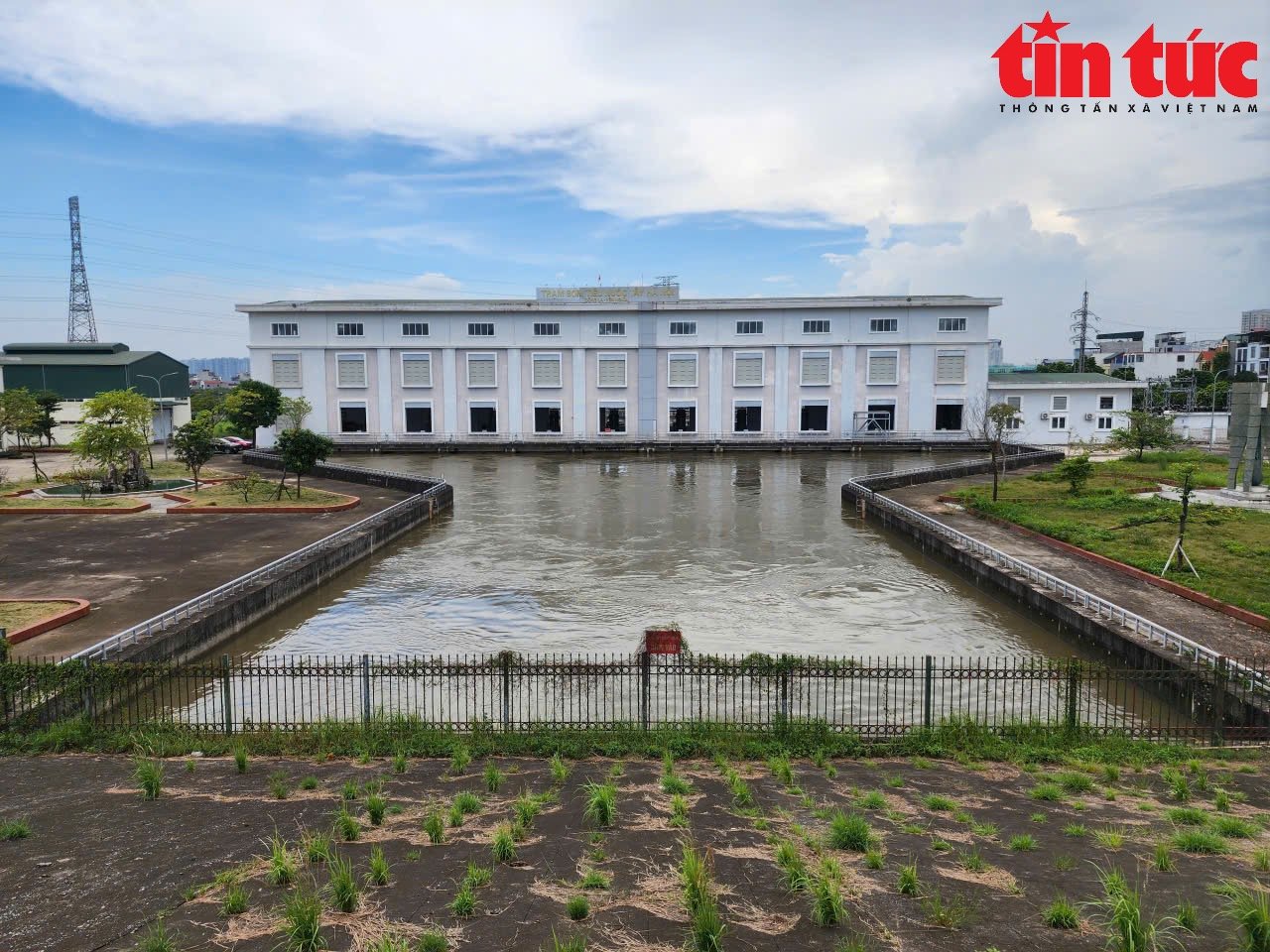
Started in late 2015, Yen Nghia Pumping Station is the largest flood control project in Hanoi, with 10 units with a total capacity of 120 m³/s, total investment of 7,466 billion VND. The project is expected to solve the flooding problem in the western part of the capital in the Nhue River basin, including the districts of Thanh Xuan, Ha Dong, Nam Tu Liem and the old Dan Phuong.
After 10 years of construction, the entire pumping station has been completed and is always ready to operate during heavy rains. However, despite being completed in 2020, the pumping station has not yet been able to operate at full capacity because the La Khe canal, an important part of the project to bring water to the station, has not yet been completed, severely limiting the area's drainage capacity. A typical example is the flooding in the West of Hanoi due to the impact of the recent storm No. 10.
“Hanoi’s drainage system is designed to withstand about 310 mm of rain in two days, but the recent rain reached 400 mm in less than 24 hours, overloading the entire system,” said Mr. Trinh Ngoc Son, Deputy General Director of Hanoi Drainage Company.
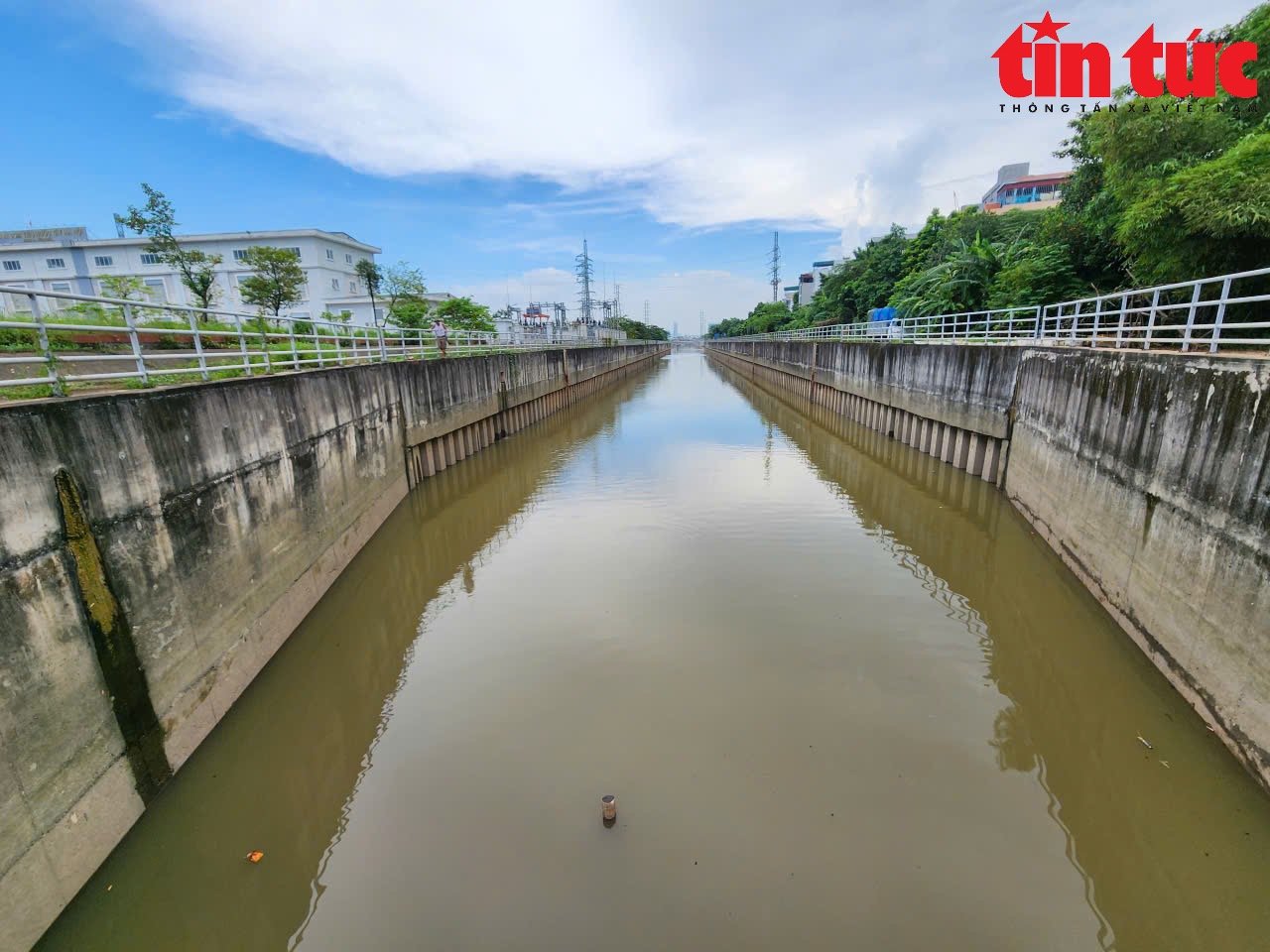
According to Mr. Son, the central area of the city such as the To Lich river basin has a fairly complete drainage system, while the western area, where the urbanization rate is fastest, still mainly relies on the old agricultural drainage canal system.
“Yen Nghia station has only partially exploited its capacity because the La Khe canal has not been closed. Rainwater from Thang Long Avenue, Hoai Duc, and Nam Tu Liem cannot flow all the way to the station to be pumped out to the Day River,” Mr. Son added.
According to the leader of Hanoi Drainage Company, departments and branches need to speed up the construction progress, connect water channels and issue coordination regulations between the Department of Construction and the Department of Agriculture to regulate the water level of Nhue River reasonably. Otherwise, if there is no flexible management and complete connecting infrastructure, the western area will continue to be the "flood center" every time there is heavy rain.
"Bottleneck" from 17 households that have not yet handed over their land
Reporters' observations at the La Khe canal area on the morning of October 6 showed that many sections of the canal were still as messy as a construction site. Rocks, soil, and construction waste were piled up on both banks, obstructing the flow. A nearly 200-meter-long section of the canal adjacent to Ngo Quyen Street had not yet been cleared, creating a "bottleneck" that prevented enough water from the West of Hanoi from flowing to the Yen Nghia pumping station.
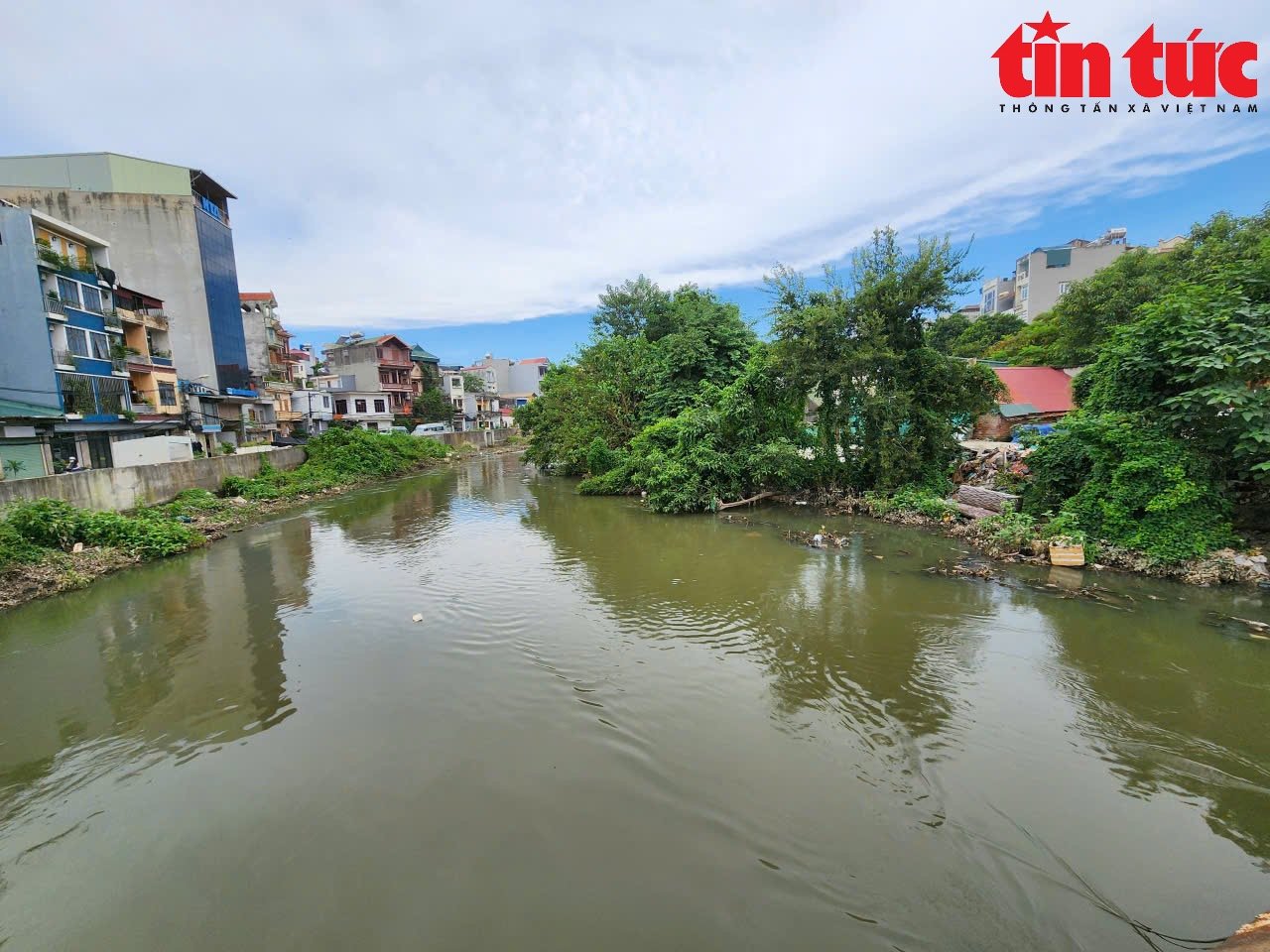
The Hanoi Department of Agriculture and Environment said that most of the nearly 2km long La Khe canal has been completed, but 17 households have not yet handed over their land, so the river embankment work cannot be completed. Just closing this section will allow water from the West, especially the Nhue River, to flow directly to the Yen Nghia pumping station, helping the entire system operate synchronously.
According to Mr. Nguyen Duy Du, Head of the Hanoi Department of Irrigation and Natural Disaster Prevention, during the recent rains, only 8/10 generators of Yen Nghia station were in operation, reaching about 80% of the design capacity.
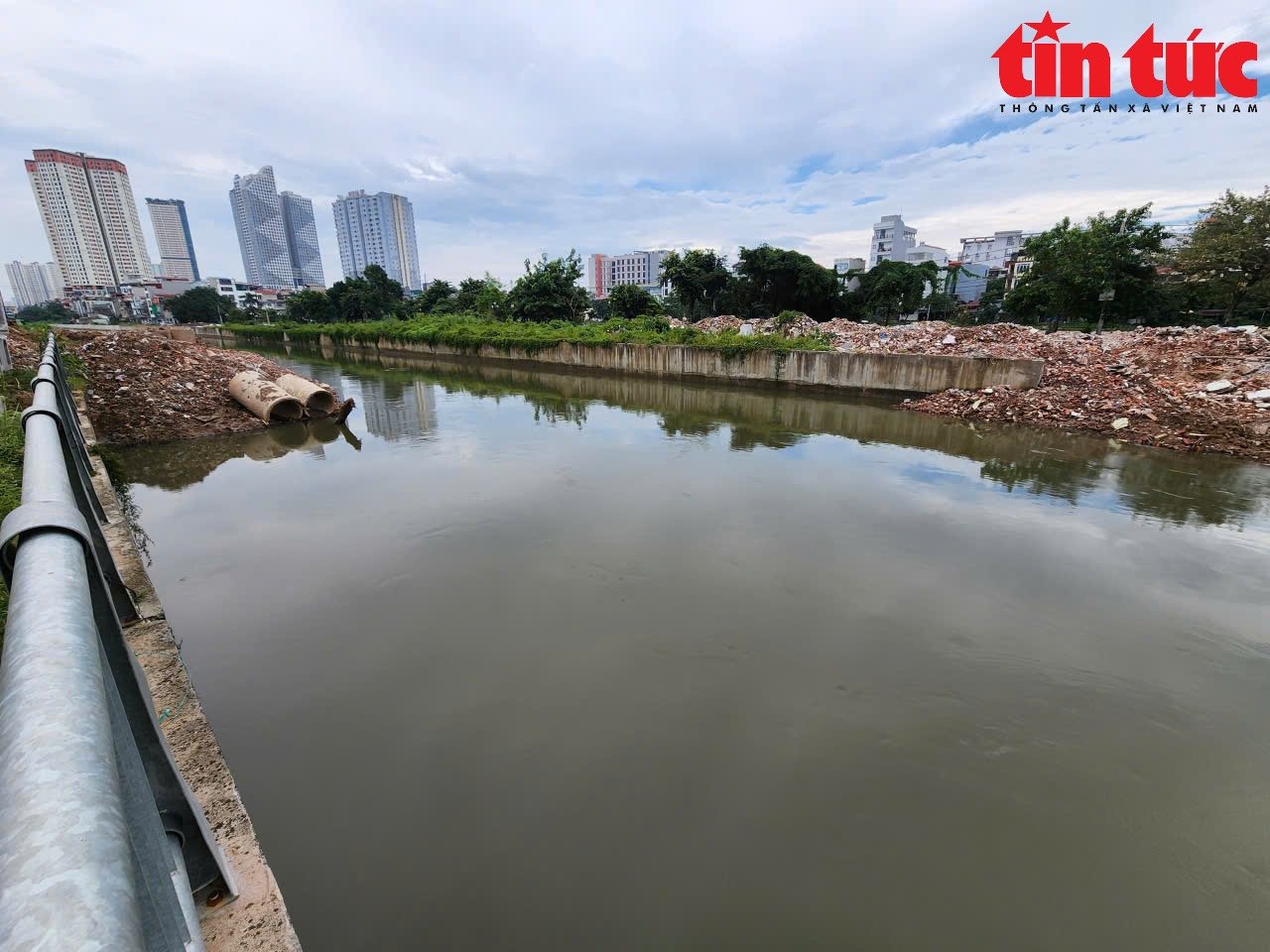
The water channel in front of Yen Nghia pumping station is 6 meters deep, but in reality the water level is only 2 meters. There are pumps but no water to pump, that is the paradox that is happening. If the channel runs at full capacity when it is not completed, the risk of backflow or erosion is very high.
According to Mr. Le Van Du, Head of the Department of Water Supply and Drainage Infrastructure Management (Hanoi Department of Construction), the drainage capacity of the whole city has not reached the planning. A typical example is the Yen Nghia Pumping Station, which has been invested in modernly, but to maximize efficiency, the system of channels and connecting sewers must be complete.
Source: https://baotintuc.vn/xa-hoi/nghich-ly-ha-noi-ngap-trang-sau-mua-bao-tram-bom-nghin-ty-van-khat-nuoc-20251006112952593.htm



![[Photo] Closing of the 13th Conference of the 13th Party Central Committee](https://vphoto.vietnam.vn/thumb/1200x675/vietnam/resource/IMAGE/2025/10/08/1759893763535_ndo_br_a3-bnd-2504-jpg.webp)





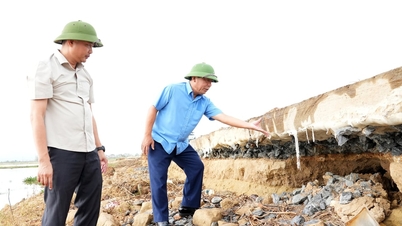

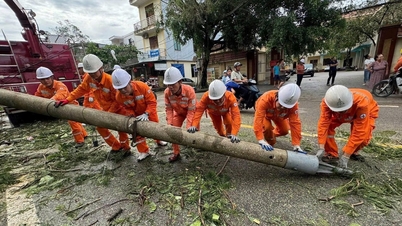



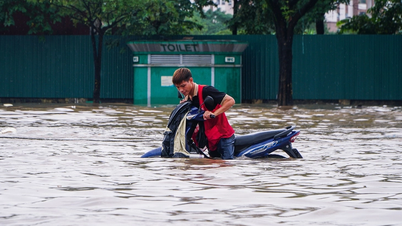
































































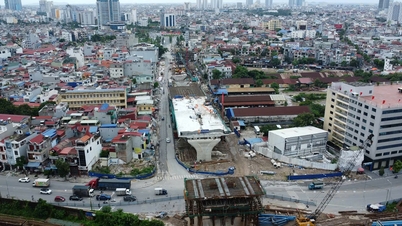













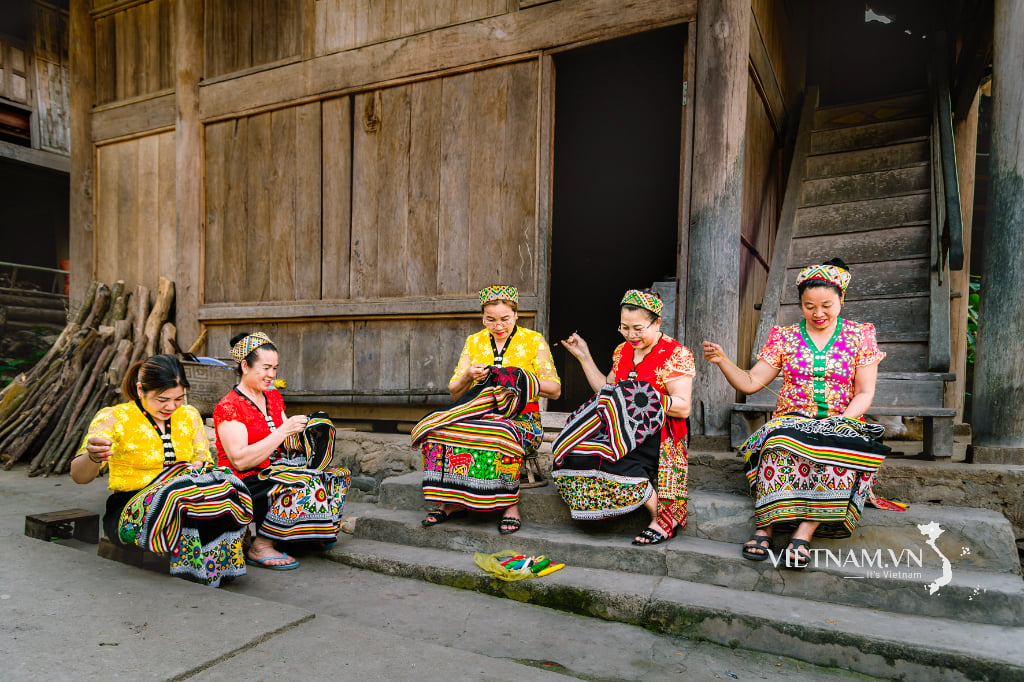


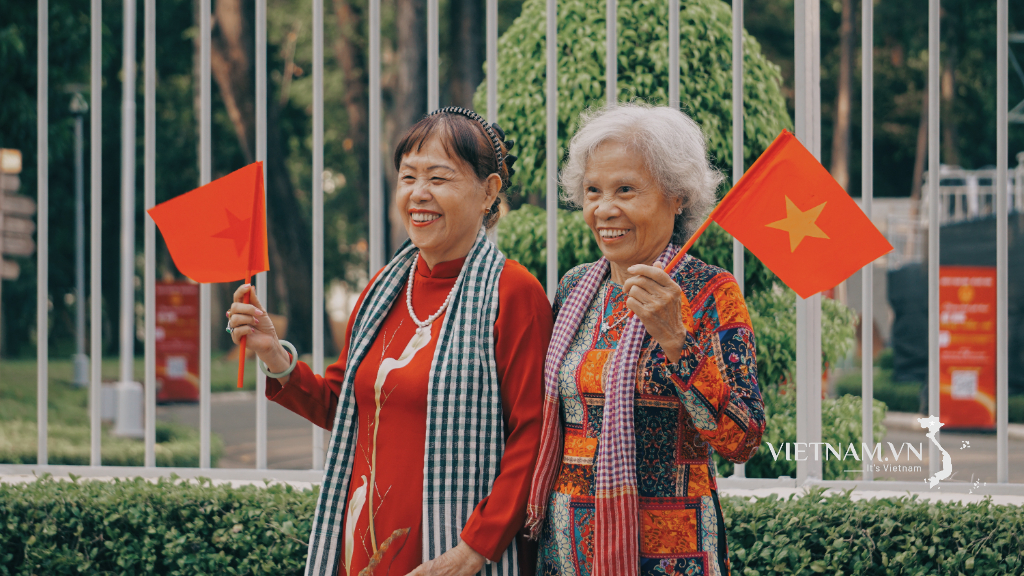
Comment (0)